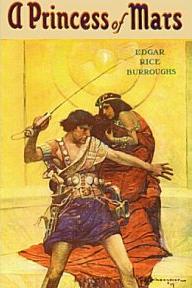The final landing of a NASA space shuttle yesterday, though hailed as the final act of a great technical achievement over the past 30 years, actually represents a complete failure on the part of the United States to build upon the work of scientists and technicians from the 1960s and 70s. It should shock most of the world that the leading superpower, with the world’s most advanced space exploration systems, could not figure out a way to even build a second version of the space shuttle. I’ve never seen a product of technology that stays with version 1.0 for thirty years. There is no viable plan in existence for launching human beings off the earth by the United States. There’s a lot of vaporware and talk. There are models of crew capsules that will maybe one day launch people toward an asteroid or even to Mars. Maybe. None of it works. None of it even has a working toilet. There are no rockets being designed that could even launch the miraculous capsule into orbit. And that crew capsule? If you’ve seen it you then realize that NASA is simply building the Apollo system all over again with extra bunks for three more astronauts. But they can’t build the thing. It doesn’t exist.
There are no longer any means available to the United States for getting people to the International Space Station. There are no means available for getting any equipment up there. The U.S. must rely on rides hitched aboard Russian spacecraft for an indefinite period of time that many NASA experts are now saying could extend to 10 years.
Russia has a more advanced and reliable space exploration system than the United States.
In the mid 1990s I went to a boring Hollywood party and wandered around with a drink in my hand for about half an hour before running into an older couple sitting alone. They seemed uncomfortable and out of place. So I said hello and sat down next to them. The man turned out to be a retired engineer who worked on the design for the Lunar Landing Module during the Apollo years. I asked him why NASA had been unable to return to the moon. His answer was: ‘Because they can’t.’
He explained that NASA had been been decimated by enormous loss of technical knowledge due to retirement. He said that the agency had not properly stored its accumulation of knowledge. He said that if engineers wanted to build a rocket, command module and lander to get back to the moon, they would be completely unable to do so and would be forced to relearn almost everything that had been learned during Apollo. He then said that this would become very clear to the nation sometime within the next 15 to 20 years as existing technology wore out and could not be replaced. I told him that he seemed very depressed about it. He nodded and said the situation was much worse than he could explain. He said that technical notes from engineers hadn’t even been saved. The knowledge was just totally lost.
I think that guy was right. I don’t think NASA could build a new shuttle even if it tried.
NASA’s insistence on transferring launch responsibilities over to private space companies would perhaps make some sense if we had seen it being phased in alongside the existing shuttle technology. But to shut down our only means of space transport and hope for the best with future private launches is simply begging for disaster. How tested will this new private space launch technology be? Why would an astronaut climb into a rocket built by some company run by PayPal’s founder? It’s insane and stupid. What if the first private launch vehicle with astronauts explodes on liftoff? What happens then? Is there even a backup plan?
